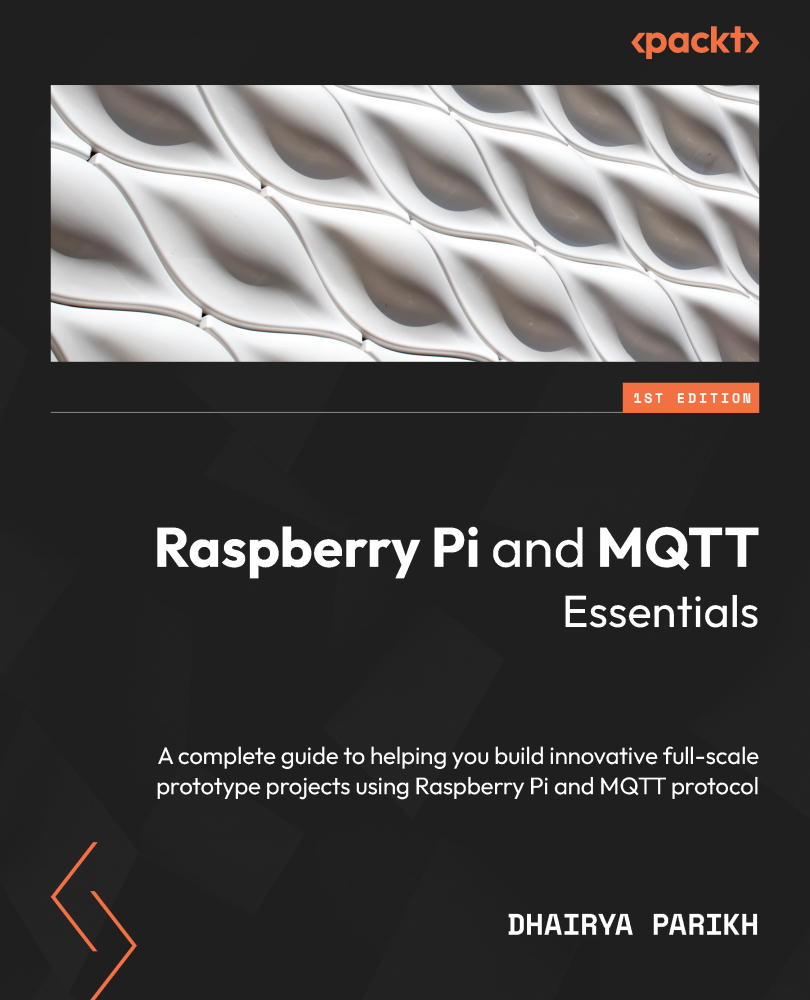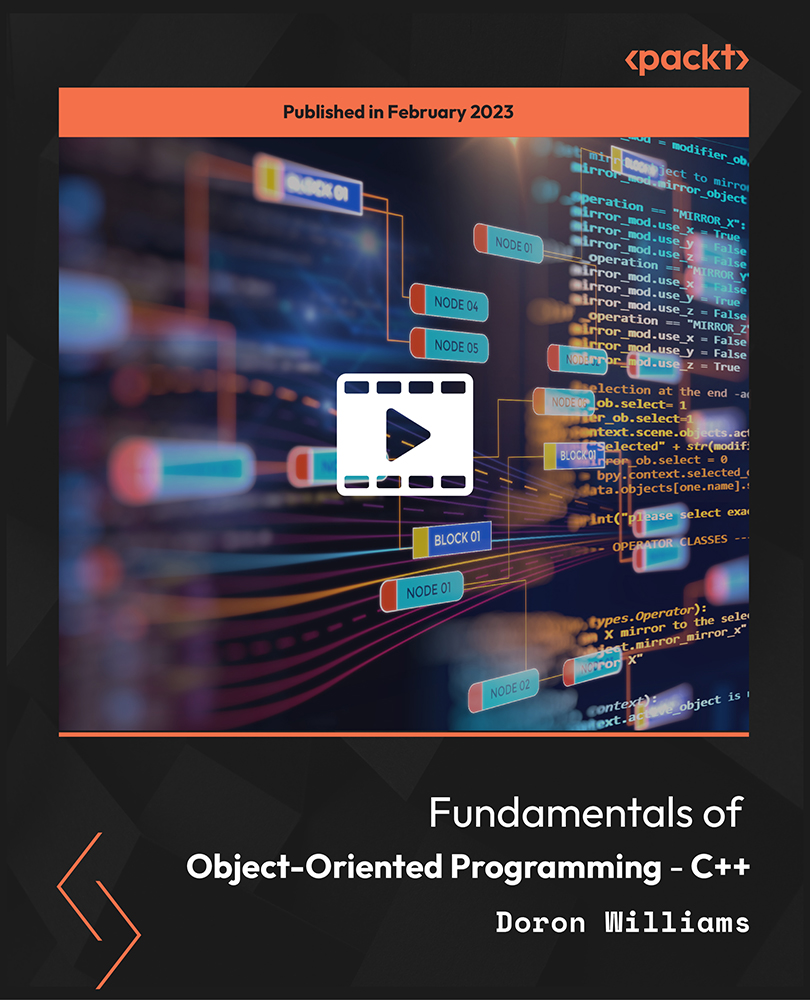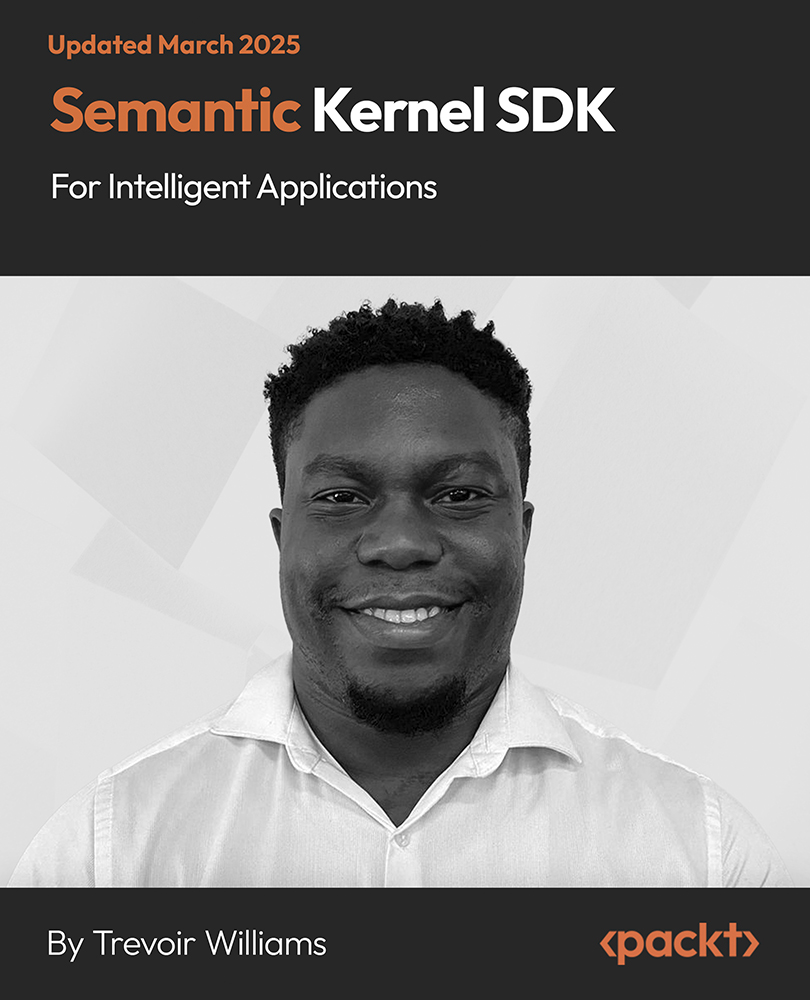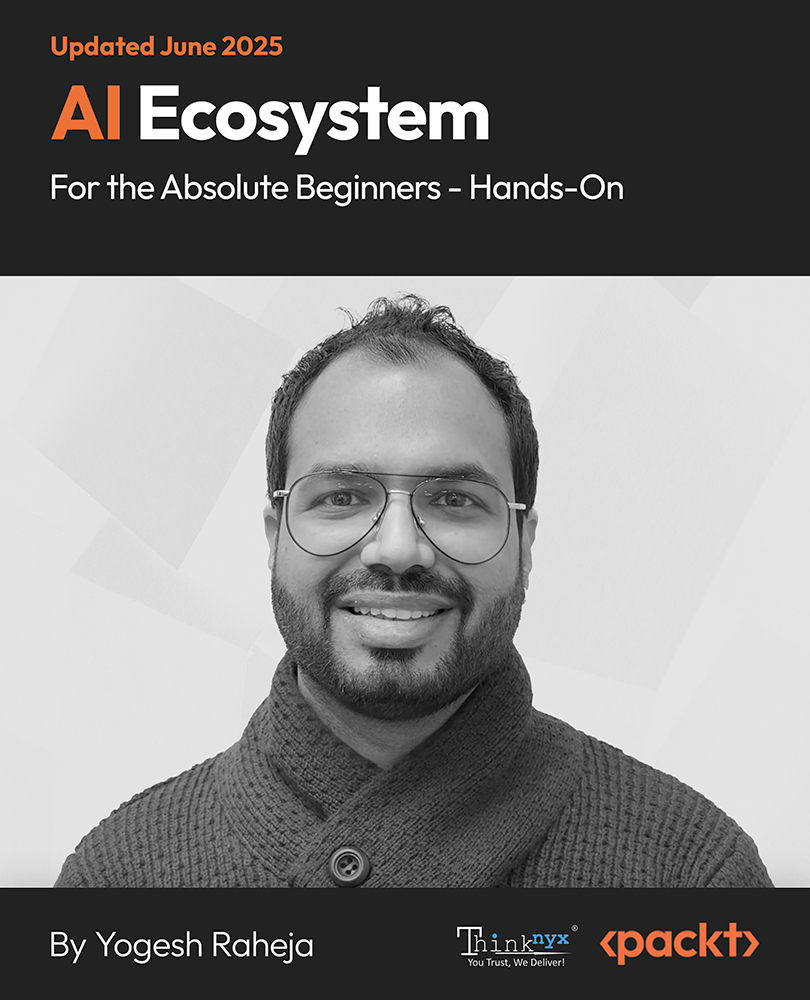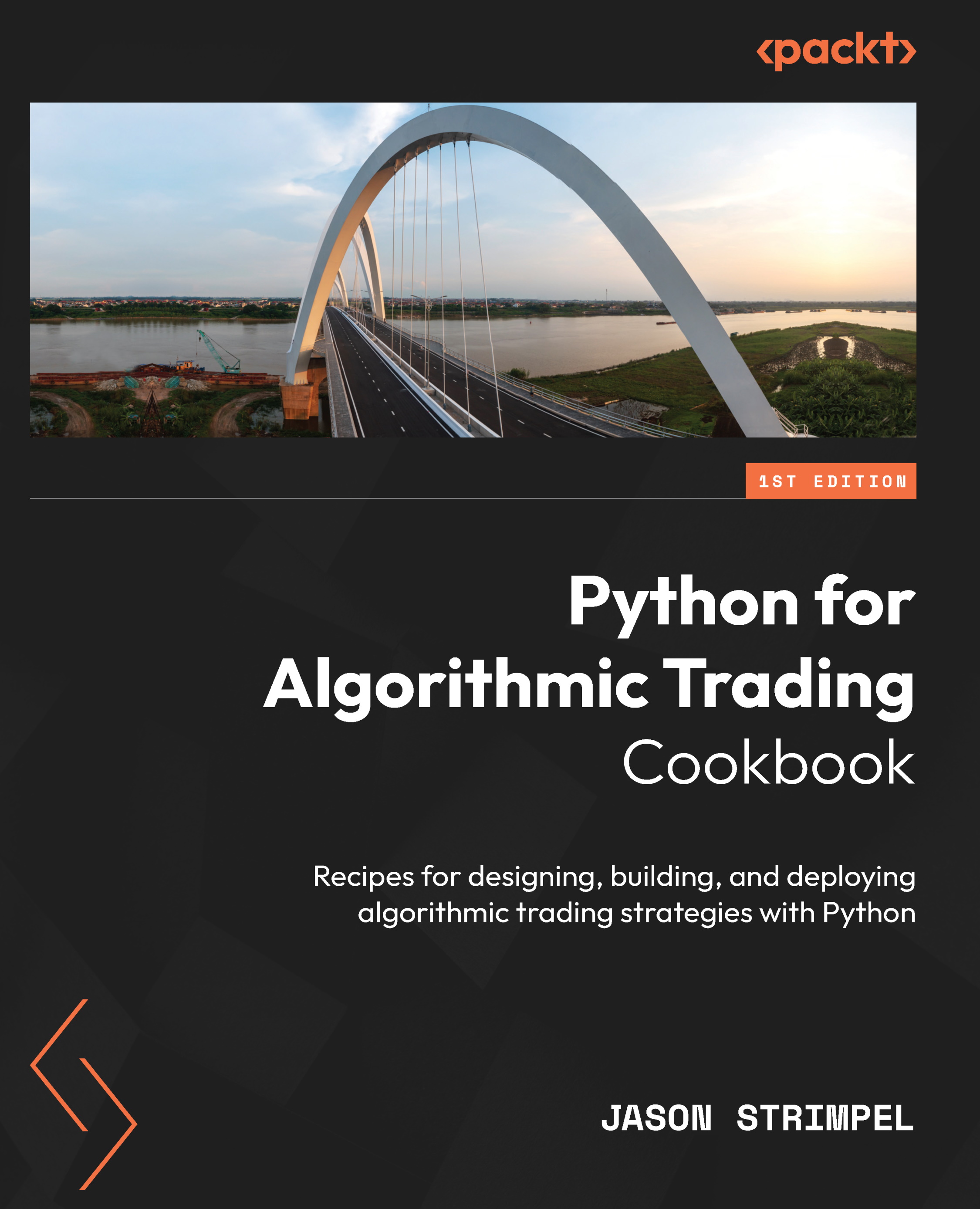Rethinking originality in the machine era
What happened:
Joshua Rothman’s latest essay in The New Yorker examines the growing role of AI in cultural production—stories, images, music, and more. He raises a stark question: when algorithms can generate endless creative output, what becomes of human originality? (newyorker.com)
Why it matters:
The rise of AI-authored media challenges long-standing ideas about authorship and value. For researchers and developers, this cuts to the core of how society perceives creativity and who gets credit for it. As these systems spread into publishing, film, and design, the balance between human imagination and algorithmic production will shape not just industries but culture itself.
Google and Grok closing the gap on ChatGPT
What happened:
A16z’s latest report shows that while ChatGPT remains the most widely adopted consumer AI app, Google’s Gemini and xAI’s Grok are gaining ground. Both platforms are seeing stronger traction than many expected, suggesting that ChatGPT’s early lead is narrowing. (TechCrunch)
Why it matters:
The competition among top models is no longer a two-horse race. For developers and researchers, this widening field matters when evaluating APIs, shaping integration strategies, or deciding where to place long-term bets. A more balanced market also opens space for differentiation: models that specialize in reasoning, multimodality, or industry-specific use cases will find room to thrive.
Emerging AI patterns that mimic human reasoning
What happened:
Researchers at the Helmholtz Institute for Human-Centered AI have created an AI model named Centaur that predicts human behavior with 64% accuracy. Trained on over 10 million decisions from 60,000 participants across 160 psychology experiments, Centaur anticipates choices in scenarios it hasn’t encountered before, adapting dynamically to context. (Helmholtz Munich newsroom)
Why it matters:
Centaur bridges behavioral modeling and cognitive simulation. For researchers in psychology, education, or human-computer interaction, it opens the door to simulating decision processes without running new experiments. It functions like a virtual lab, capable of modeling how students learn or how people respond to novel situations. While it doesn’t prove that it thinks like a human, its capacity to forecast human choices is a notable step toward understanding cognition in AI.
AI’s economic pulse: is the boom cooling—or ramping up?
What’s happening:
On one hand, Nvidia’s Q2 results sparked concern as the company projected a modest revenue outlook, hinting at possible slackening in the AI chip market. Investors reacted with caution amid geopolitical uncertainty and tighter export rules. (Financial Times and Nvidia)
On the other hand, the U.S. may still owe much of its growth to AI. Federal forecasts suggest that AI-related spending could contribute nearly half of the expected 1.4% GDP growth this year, with Big Tech making record investments in AI infrastructure. (The Washington Post)
Unlock access to the largest independent learning library in Tech for FREE!
Get unlimited access to 7500+ expert-authored eBooks and video courses covering every tech area you can think of.
Renews at $19.99/month. Cancel anytime
Why it matters:
These two narratives reflect different stages of the same cycle. Slowing execution or tougher politics don’t invalidate the longer-term trend toward sustained investment. As AI moves from novelty to infrastructure, the question is how to distinguish between short-term market signals and structural economic transformation. For researchers, tech builders, and policy makers, the key is aligning expectations with real-world execution and recognizing that today’s caution may follow yesterday’s frenzy—but tomorrow’s momentum could still be very real.
A language model built for analog circuit design
What happened:
Researchers led by Zihao Chen and colleagues from multiple institutions introduced AnalogSeeker, an opensource foundation LLM tailored for analog electronics. They assembled a domainspecific corpus of textbooks and technical documents, then used a multiagent distillation method to convert unstructured knowledge into granular questionanswer pairs with reasoning steps. Finetuning Qwen2.532BInstruct yielded a model that outperforms its base by about 15 percentage points—scoring 85 % on the analogcircuit benchmark AMSBenchTQA—and performing well on realworld design tasks. The model is available for research use. (arxiv.org)
Why it matters:
Analog circuit design has long been a tight-lipped, data-sparse domain. AnalogSeeker bridges that gap by distilling structured technical knowledge into a learnable format, enabling LLMs to assist with complex design reasoning. For engineers and researchers exploring domain-specific AI, this demonstrates a scalable approach to fine-tuning in knowledge-constrained fields. And because the model is open-sourced, it’s ready for collaborative experimentation and further enhancement.
 United States
United States
 Great Britain
Great Britain
 India
India
 Germany
Germany
 France
France
 Canada
Canada
 Russia
Russia
 Spain
Spain
 Brazil
Brazil
 Australia
Australia
 Singapore
Singapore
 Canary Islands
Canary Islands
 Hungary
Hungary
 Ukraine
Ukraine
 Luxembourg
Luxembourg
 Estonia
Estonia
 Lithuania
Lithuania
 South Korea
South Korea
 Turkey
Turkey
 Switzerland
Switzerland
 Colombia
Colombia
 Taiwan
Taiwan
 Chile
Chile
 Norway
Norway
 Ecuador
Ecuador
 Indonesia
Indonesia
 New Zealand
New Zealand
 Cyprus
Cyprus
 Denmark
Denmark
 Finland
Finland
 Poland
Poland
 Malta
Malta
 Czechia
Czechia
 Austria
Austria
 Sweden
Sweden
 Italy
Italy
 Egypt
Egypt
 Belgium
Belgium
 Portugal
Portugal
 Slovenia
Slovenia
 Ireland
Ireland
 Romania
Romania
 Greece
Greece
 Argentina
Argentina
 Netherlands
Netherlands
 Bulgaria
Bulgaria
 Latvia
Latvia
 South Africa
South Africa
 Malaysia
Malaysia
 Japan
Japan
 Slovakia
Slovakia
 Philippines
Philippines
 Mexico
Mexico
 Thailand
Thailand




